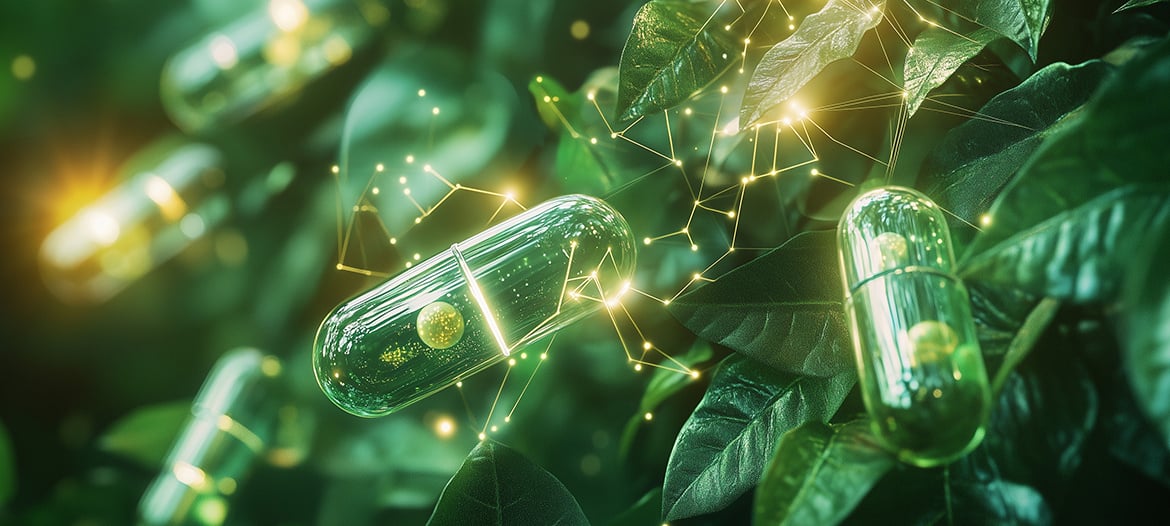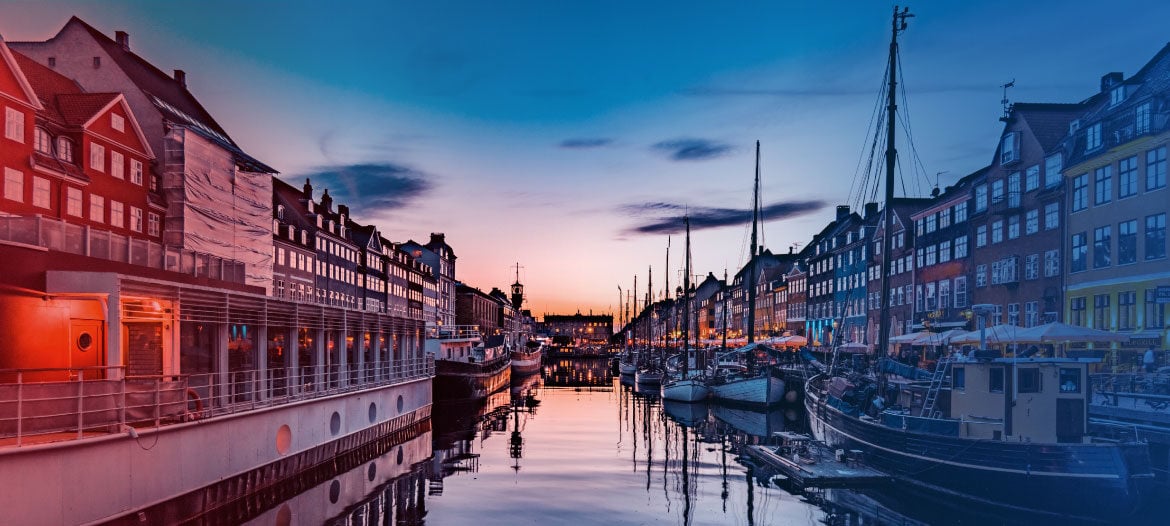Modern Cryostorage: Building Cryogenic Supply Chains for Advanced Therapies
Leading Minds Network Panel Discussion:
The following summary was taken from a panel discussion hosted by the ELPRO Leading Minds Network as part of its Temperature Control Tuesdays™ programming in partnership with Cold Chain Platform and PCI Pharma Services. This session featured Maik Slijpen of Janssen Pharma/Johnson & Johnson, YuenLing Choo of ELPRO, Andrea Zobel of World Courier; and Roy Pang of Tower Cold Chain. To watch this session on demand CLICK HERE
Maik Slijpen of Janssen Pharmaceuticals, part of Johnson & Johnson, hosted the discussion. Slijpen has been working in the vaccine development division where a primary focus is maintaining temperatures at -20 °C. Janssen also depends on ultra-low temperatures to preserve advanced therapies and individual personalized medicines. To start the webinar, Slijpen introduced the first presenter Andrea Zobel, senior director of personalized supply chain at World Courier, AmerisourceBergen. Zobel is a biochemist and a gene technologist.
Modern Cryostorage: How to Build Your Cryogenic Supply Chain for Advanced Therapies
Zobel began the presentation by describing autologous advanced therapies and associated challenges. With autologous therapies, the product is derived directly from the patients; thus, there are no immune reactions. The disadvantage is that the cell quality is often poor because the patients are severely ill. Additionally, the fresh cells have a limited shelf life of about 24 to 72 hours. Only a local specialized manufacturer can make and return the product within that allotted timeframe, but these specialized manufacturers are limited. When it comes to importing products, compliance auditors may take a few days to grant entry, which is simply too much of a risk. However, when cells are frozen in liquid nitrogen at -196 °C, their shelf life increases.
Allogeneic therapies come from specially selected donors who can fill a cell bank in a single donation. Manufacturers are able to create numerous dosages from these donations. With genetic and pharmacological priming, the second generation products have little to no risk of immune reaction grafts by host diseases. Fresh cells have the same short life as autologous therapies, but the shelf life can be expanded to years if they are stored at -196 °C.
Raw materials also need to be considered in the supply chain for these manufactured products. Viruses, plasma, samples, and therapy products require a global cryogenic supply chain and storage network to reach more patients. A single cryogenic container can safely store various products at once.
Regulations for these advanced therapies are more stringent than most pharmaceutical good distribution practices (GDP). EU, FDA, IND, ISO all have guidelines to distribute cells for therapeutic use. A specialized team must be available to oversee and to manage the critical shipments. Vein-to-vein logistics should have an IT platform, which shows the chain of custody, environmental conditions, and the quality of the product to ensure it safely returns to the correct patient. Detailed standard operation procedures (SOPs) should ensure staff are trained and prepared to deal with cryogenic shippers from beginning to the end, when the empty container is collected, cleaned, charged, and prepared for the next shipment. Every additional party involved in the shipping process adds more documentation for traceability and adds risk to products being misplaced or destroyed. Information must be shared between the parties from the collection of raw materials, manufacturing, and back to the clinical site.
There are a variety of smart shippers with sensors that are capable of making advanced therapy shipments. For example, the SAVSU dry shipper uses nitrogen and liquid nitrogen for cooling. It can keep products cold for up to 20 days. The VIA capsule is a shipper that can be plugged in so it can keep product cool for intermediate storage. It is qualified for up to two months.
Some storage tanks have automated features to prevent temperature spikes when product is added or removed. They also provide a full overview of the product inside.
Monitoring Cryogenic Conditions
The next presentation was given by YuenLing Choo of ELPRO. She focused on cryogenic temperature monitoring solutions for both rooms and shipments. Choo helps pharma and biotech clients decide which monitoring solutions are most suitable for their processes. Choo described how ELPRO data loggers work with cryogenic containers.
ELPRO’s traditional USB data logger or a real-time data logger fit on any container. An external probe attaches to the logger. The logger is attached to the cryo shipper or container, and the probe is installed with only the stainless steel portion entering the cryo temperature environment.

Before adding a sample to the container, the logger should determine when the temperature has stabilized at -196°C and is safe for loading. At this point, the logger should be programmed to alarm when the temperature deviates from the acceptable condition.
Multi-Use LIBERO CE Logger Model with BLE Functionality
The LIBERO CE is a fully compliant USB logger with Bluetooth® functionality, which allows users to connect to the logger with a smartphone app. The logger can also be programmed to view and send data anywhere along the supply chain. Users can stop or restart the loggers while the liquid nitrogen dissipates and the shipper is recharged. This data is helpful to predict the time it takes for the temperature to stabilize.
LIBERO G Mobile IoT: Real-Time Temperature and Position Monitoring
The fully compliant LIBERO GE is a real-time logger, which uses mobile IoT (Internet of Things) public infrastructure technology. Unlike 2G and 3G mobile services, which uses a SIM card, mobile IoT uses LTEM as well as NBIOT. Mobile IoT is meant for machine communication rather than voice-to-voice, which means the logger can last a full year rather than a month.
Black-out areas where real-time data cannot be accessed
Some airlines are still pending approval for the relatively new mobile IoT use around the airports. Once outside of this range, the logger can be activated again. However, some regions do not have mobile IoT coverage, in which case the LIBERO CE would be the appropriate choice. For full visibility, users may opt to include a traditional USB logger so that they have Bluetooth® to access to the data. With the real-time data logger, as long as users have access to internet, they can download the data from the cloud and adjust logger settings. Both logger settings are similar and easy to use.

How Sector-Based Partnerships Can and Will Innovate the Cold Chain Sector
Tower Cold Chain is a leader in the manufacture of reusable passive containers for shipping temperature sensitive products. These containers are designed to maintain integrity at -60 °C and below.
Distribution of COVID-19 Vaccines
The COVID-19 supply chain challenge was maintaining ultra-low temperatures and product quality without exceeding airline limits of dry ice per container (200kg). Six of the world's largest logistic companies asked Tower Cold Chain to find a solution for this relatively new market for temperatures lower than -60 °C. The ultimate target was to enable third party logistics (3PL) companies to deliver the vaccines from one ultra-cold facility to another, which included 19 hours of performance. It only took three months for all parties to agree upon a mock-up unit.
With the increased demands of the global cold chain sector the need for
collaboration is now clearer than ever.
Packaging Expert
Tower put together a team comprising of engineers, supply chain, commercial team, quality, and production. By modifying their KTM42 with a phase change material, the dry ice problem would be resolved, but a super cold freezer would be an additional requirement for conditioning the phase change material. All parties agreed that dry ice would be preferable to a super cold freezer.
Tests concluded that the KTM42 was able to maintain an internal temperature of at -60 °C for 95 hours in a 20 °C ambient environment with only 200kg of dry ice. They also ran tests in a 20 °C reefer container where the KTM42 performance was able to last up to 10 days.
Transportation vs. Location Storage
The KTM42 could be used for storage by replacing the dry ice, eliminating the necessity of running ultra-cold freezers and providing a solution to cities that have an unstable supply of electricity. The trays of dry ice are loaded on pallets in the top and the bottom with a forklift (not by hand). Consequently, there is no need to handle the product during this process. The solution with 200kg of dry ice reduced the amount of cold energy needed to accommodate the product.







Leave a Comment